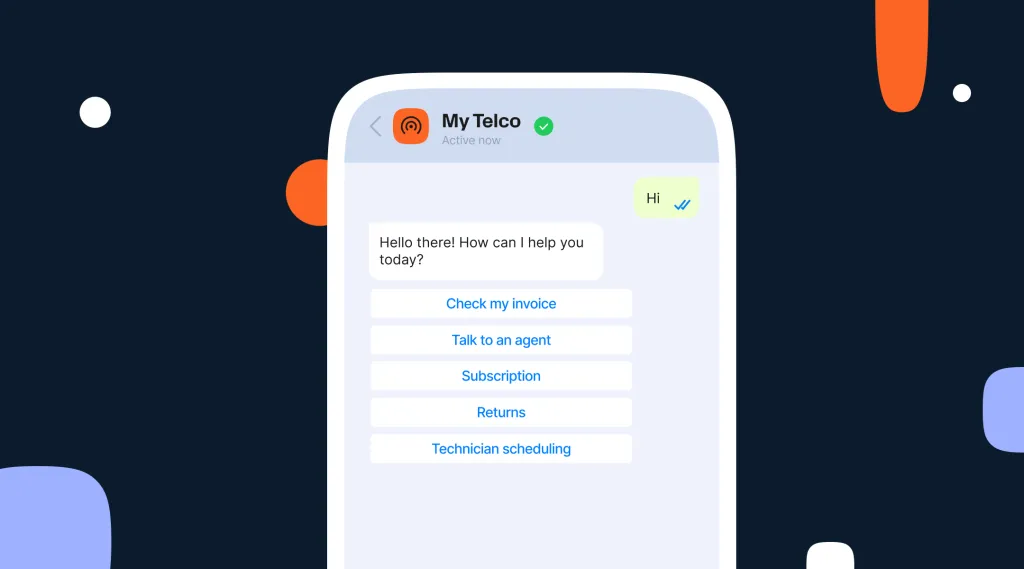What is HTTP (Hypertext Transfer Protocol)?
The Hypertext Transfer Protocol (HTTP), an application layer protocol, is the foundation of the World Wide Web and is used to load web pages using hypertext links.
It is an application protocol for distributed, collaborative, hypermedia information systems, upon which web developers build and maintain websites and web applications.
Hypertext is the type of structured text that uses logical links (hyperlinks) between nodes containing the text. HTTP is the protocol for exchanging and transferring hypertext.
HTTP functions as a request-response protocol in the client-server computing model. The client submits a Hypertext Transfer Protocol request message to the server. The server, which provides resources such as HTML files and other types of content, and other functions for the client, returns a response message to the client. The response contains completion status information about the request and may contain requested content in the message body.
What is an HTTP request?
An HTTP request is how Internet communication platforms (e.g., web browsers) ask for the information they need to load a website. Each Hypertext Transfer Protocol request made across the Internet carries a series of encoded data with different types of information.
A typical Hypertext Transfer Protocol request includes:
- HTTP version type
- an URL
- an HTTP method
- HTTP request header
- optional HTTP body
What is an HTTP method?
An HTTP method indicates the action that the Hypertext Transfer Protocol request expects from the queried server.
The two most common Hypertext Transfer Protocol methods are GET (it requests information) and POST (it typically indicates that the client is submitting information to the web server, e.g., submitting a password).
Other Hypertext Transfer Protocol methods are:
- PUT – is used to send data to a server or to create/update a resource
- HEAD – it is the same as GET but without the response body
- DELETE – it deletes the specified resource
- PATCH – is used to apply partial modifications to a resource
- OPTIONS – describes the communication options for the target audience
- CONNECT – is used to start a two-way communication with the requested resource
- TRACE – is used to perform a message loop-back test that tests the path for the target resource
What is an HTTP response?
An HTTP response is what web clients receive from an Internet server as an answer to an Hypertext Transfer Protocol request.
A typical Hypertext Transfer Protocol response contains the following:
- an HTTP status code
- HTTP response headers
- optional HTTP body
How HTTP works?
HTTP request-response is the fundamental communication model that drives interactions on the World Wide Web. Here’s a simplified breakdown of the process:
Request
- You enter a URL in your web browser (like www.example.com).
- Your browser sends an HTTP request to the server that hosts that website. This request includes:
- Method: (e.g., GET to retrieve a page, POST to submit data)
- Headers: (e.g., information about your browser, accepted languages)
- Path: (e.g., /about to access the “about” page)
- Body: (Optional, for sending data like form submissions)
Processing
- The server receives the request and processes it.
- It may need to access databases, run scripts, or perform other actions to fulfill the request.
Response
- The server sends back an HTTP response to your browser. This response includes:
- Status code: (e.g., 200 OK, 404 Not Found)
- Headers: (e.g., content type, length, caching information)
- Body: (The actual content, like HTML for a webpage, an image, etc.)
Rendering
- Your browser receives the response and interprets it.
- If the response is HTML, the browser renders the page, displaying text, images, and other elements.
Analogy: Imagine ordering food at a restaurant:
- You (the client) give your order (the request) to the waiter.
- The kitchen (the server) prepares your food (processes the request).
- The waiter brings you your meal (the response).
This is similar to how HTTP works for fetching webpages and other resources online.
What is HTTPS?
In addition to Hypertext Transfer Protocol, there is also the Hypertext Transfer Protocol Secure (HTTPS) – a communications protocol for secure communication over a computer network, with vast deployment on the Internet.
HTTPS is the result of layering the Hypertext Transfer Protocol on top of the SSL/TLS protocol, adding security capabilities of SSL/TLS to standard Hypertext Transfer Protocol communications.
What are hypertext documents?
Hypertext documents are the building blocks of the World Wide Web. They are text files that contain links (hyperlinks) to other documents, allowing users to navigate between them non-linearly.
HTML (Hypertext Markup Language) is the standard language used to create hypertext documents. It uses tags to define the structure and content of a document, including headings, paragraphs, links, images, and other elements.
Hypertext Transfer Protocol is the application protocol that enables web browsers to request and receive hypertext documents from web servers. It defines how these documents are transferred over the internet.
FAQs
Keep on exploring
Read some of our latest blog posts

Strategies for Internet Service Providers to improve customer experience in 2025
Learn how Internet Service Providers (ISPs) can use digital channels and an omnichannel approach to improve their customer experience while overcoming threats that are on the horizon.

What can you do with ChatGPT?
We have all heard of ChatGPT by now, but how useful will it actually be in the real world, what does Elon Musk think of it, and when can we start integrating with it?

5G to 6G: Tracing the evolution of wireless technology
As wireless technology is quickly evolving, telcos must keep up with the pace of network evolution. Discover how you can prepare to transition from 5G to 6G and how to push beyond the current technical limits of wireless technology.







